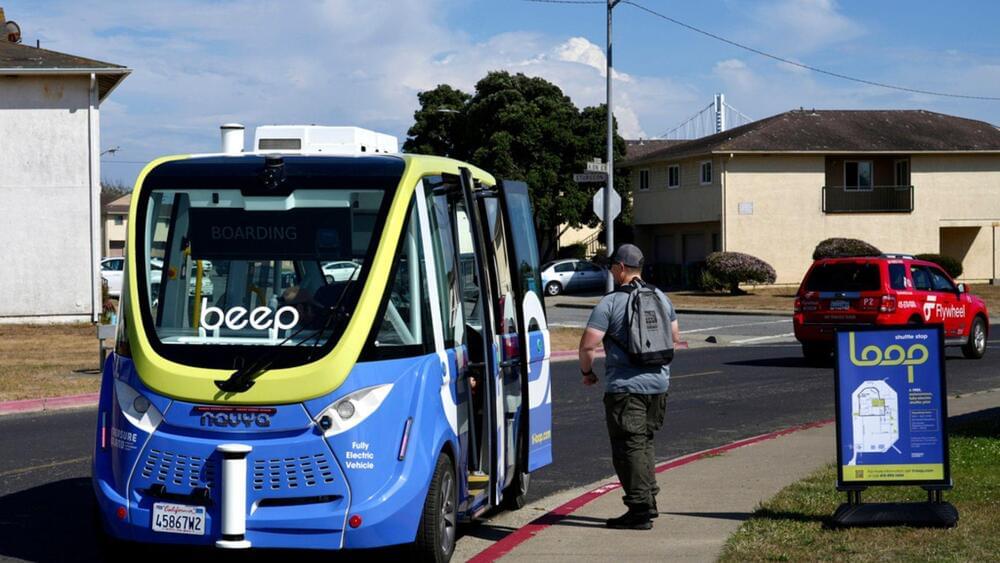New, ground-breaking wind technology for the maritime industry has the potential to decarbonise large cargo vessels, which are currently responsible for about 2% of global emissions.
Pyxis Ocean retrofitted with WindWings setting sail for its maiden voyage, August 2023. Credit: Cargill.
Pyxis Ocean, a bulk carrier measuring 229 m (751 ft) in length, with gross tonnage of over 43,000 MTs, has begun its maiden voyage from China to Brazil. This is no ordinary cargo vessel, however, as it comes fitted with new “WindWings” designed to reduce reliance on fossil fuels.



 עברית (Hebrew)
עברית (Hebrew)
